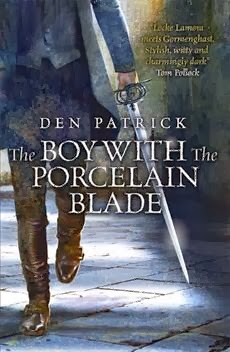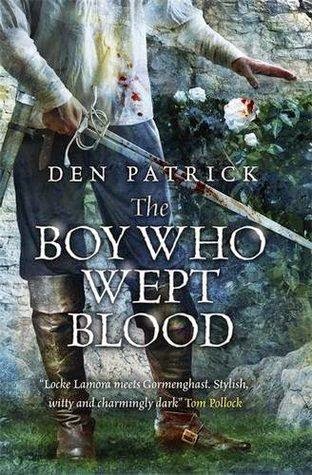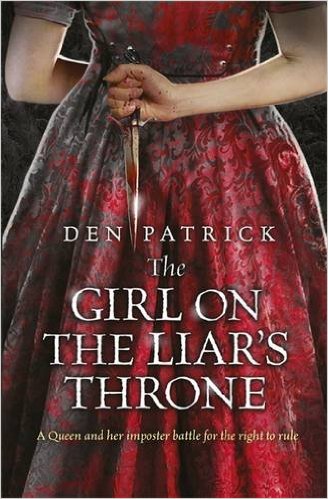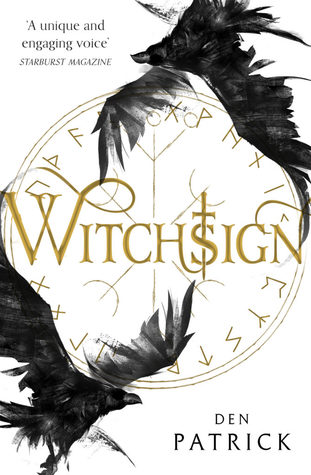Interview with Den Patrick (STORMTIDE)

Den Patrick was born in Dorset and shares a birthday with Bram Stoker. He lives and works in London with his wife and their two cats, dividing his time between reading books and writing them.
His first three books, the War Fighting Manuals, were released in the autumn of 2013.
The Boy with the Porcelain Blade was nominated for the British Fantasy Newcomer award and forms the first book in the The Erebus Sequence. The Boy Who Wept Blood and The Girl on the Liar’s Throne complete this trilogy of Gothic Fantasy books, described by Jen Williams as “Gormenghast meets the X-men.”
2018 saw the start of a new series, The Ashen Torment, which kicked off with Witchsign and continues with Stormtide, due for release on 30th May 2019.
Hi Den. For those who haven’t heard of you, pitch Witchsign (Ashen Torment, book 1) in 50 words or less. Go, go, go!
Steiner, an illiterate blacksmith’s son, is suspected of having arcane powers and abducted by the Empire. However, it’s his sister, Kjellrunn, who has the so-called Witchsign. So begins the tale of two siblings trying to rescue one another while discovering the Empire’s secrets, which stretch back over eighty years.
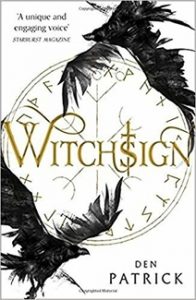
Neither Steiner or Kjellrunn could be described as the stereotypical ‘chosen one’ which I felt was a refreshing change of pace. Where did the idea for these two characters come from?
I’m not sure there was a ‘Eureka!’ moment. They both grew over time, largely in service to the story. The early draft focused much more on Steiner’s time on Vladibogdan, the island where people with Witchsign are taken to be killed. Kjellrunn’s story expanded and emerged in the later drafts and I’m glad it did, because she’s such an important part of the series now.
Witchsign isn’t set in the typical western-European fantasy realm. And some of the creatures that inhabit it aren’t your average orc or dwarf rehash, particularly the Spriggani and the Cinderwraiths. Where did the ideas for your world-building come from?
My intention was to take inspiration from Scandinavia and Russia, and many words are taken from those languages and bastardised or borrowed in their original form. The Spriggani are human, but have a better connection to the land and natural magic due to their veneration of the old Gods, which are proscribed by the Empire. I did have ogres in an earlier draft, but it was felt that these are less appealing in a modern Fantasy market.
The Cinderwraiths were pure invention on my part, but owe a debt to Shadows from the D&D Monster Manual as well as having a Spirited Away kind of vibe. They are the reanimated souls of dead children, forced to work in the forges beneath Vladibogdan. They appear as soot-dark ghosts with embers for eyes.
The magic system, based on the ‘four powers’ (earth, water, fire and wind) reminded me a lot of ‘bending’ in Avatar, but with some interesting twists. If you had Witchsign with an affinity for one of the four powers, which would you choose and why?
When the students of Academy Vozdukha (the air school) learn to marshal their arcane gifts the powers they manifest are prescience, telepathy, the ability to summon flocks of malevolent birds, and also raging winds. While the latter aren’t so useful, it would be handy to have some prescience and telepathy.
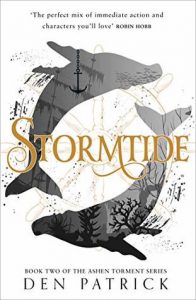 What’s next for Steiner and Kjell? What can readers expect from book two, Stormtide, due to be released in the next few weeks?
What’s next for Steiner and Kjell? What can readers expect from book two, Stormtide, due to be released in the next few weeks?
Steiner has made a promise to one of his fellow inmates on Vladibogdan, and is determined to raise an insurrection against the Empire. He’s struggling with his newfound ‘hero’ status and the ego that comes with it, as well as basic survival and the ever-present threat of the Solmindre Empire.
Following the events at the end of Witchsign, Kjellrunn is reluctant to use the arcane again, but also trying to make a new life for herself beyond the Empire’s reach. Her tale is more focused on trying to fit in and finding her place in the world, while coming to terms with so much loss.
There’s also a third character, first seen in Witchsign, who I was excited to introduce as a point of view character.
The Ashen Torment is your second series, following The Erebus Sequence trilogy. Has your approach to writing changed with this series?
I try and stretch myself with each book. The Boy with the Porcelain Blade had one point of view character, though there were a lot of flashback chapters. The Boy Who Wept Blood had a main character but also a side plot with two messengers. When it came to The Girl on the Liar’s Throne I worked with two point of view characters and a side plot. When I started Witchsign I really had a back to basics approach, two main characters, no flashbacks. I also pared down writing to match the severe and chilly setting. Book Three (still untitled) has five main threads, and the points of view shift, so again, I’m back to trying something different.
For the writers out there, what’s the one golden nugget of knowledge that you would pass on to them, that you have discovered since being published (self or traditional)?
I see so much ‘advice’ online that you must write everyday and it just annoys me to be honest. Putting yourself under that kind of pressure isn’t helpful and can create burnout. If you write 500 words five days a week you’ll have 130,000 words by the end of the year AND you’ll have had weekends off.
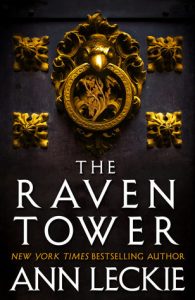 2019 is shaping up be one heck of a year for fantasy, with some big name releases (Joe Abercombie, Jen Williams, Mark Lawrence) as well as plenty of other voices that deserve to be shouted about. Is there anyone that you’ve recently enjoyed reading who is due to release a book in 2019?
2019 is shaping up be one heck of a year for fantasy, with some big name releases (Joe Abercombie, Jen Williams, Mark Lawrence) as well as plenty of other voices that deserve to be shouted about. Is there anyone that you’ve recently enjoyed reading who is due to release a book in 2019?
I find it so difficult to read someone else’s book while I’m writing my own. I feel like I’m missing out on a lot right now. That said, I did read The Raven Tower, by Anne Leckie and thought it was startlingly different and an amazing achievement.
If you were to do an Avengers-style ‘crossover’ between your world/characters and that of another author, who would you work with?
It would have to be Jen Williams. Neither of us really fit that Grimdark tag that is so pervasive right now. We both have working class backgrounds, play D&D together, and have an undercurrent of Horror in some of our works. I think we’d be a good partnership, though it would be strange having to consult another person about the direction of story and the motivation of the characters.
If you could have your books produced in a different format (e.g. film, TV, game, theatre, comic etc.) what would you choose and why?
I think Vinterkveld, the continent where Witchsign and Stormtide take place, would make a good setting for a TV show. Landfall, which is the island where The Erebus Sequence takes place, would make a great Fantasy RPG video game.
And last but certainly not least, if there was one thing that you could have a reader take away from reading your work, and remember in 10 years’ time, what would you want that to be?
I’d hope they really loved the characters, perhaps so much they felt inclined to re-read the book, or suggest the book to a friend. Books live and die by word of mouth recommendations.
Thank you so much for speaking with us today Den!
Stormtide, book two of the Ashen Torment, will be published on 30th May 2019

